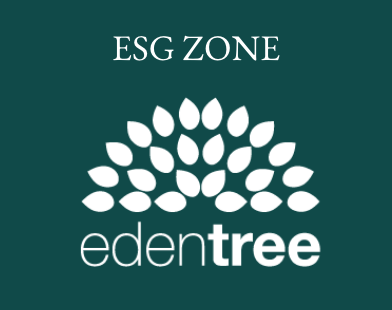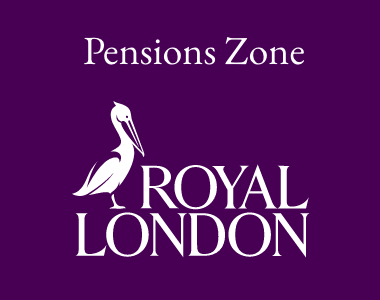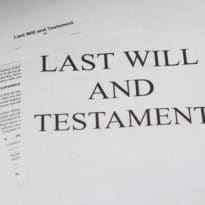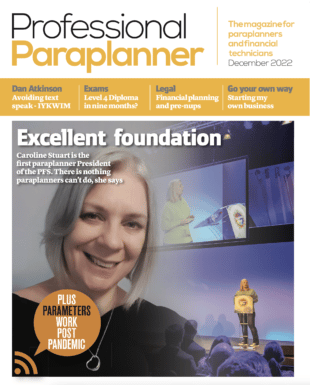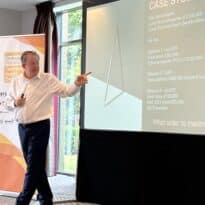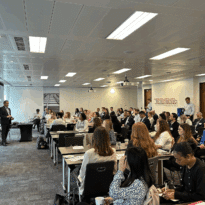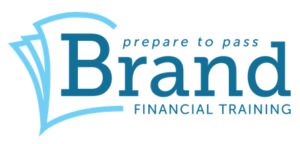Professional Paraplanner’s TDQ (Training, Development and Qualifications) series, is run in conjunction with key support providers, such as Brand Financial Training, and aims to test your knowledge of the financial services market, as part of your overall training goals and exam techniques.
The following questions, which can also be found in our April 2021 issue, relate to examinable Tax year 20/21, examinable by the CII until 31 August 2021.
QUESTIONS
1. What could be a consequence of adopting a tactical approach to asset allocation instead of adopting a strategic approach?
A. The volatility of the portfolio could become higher than originally intended.
B. The client’s risk tolerance could change.
C. The portfolio may fail to meet the client’s objectives.
D. The economy might present different opportunities.
2. When would a Capital Gains Tax (CGT) chargeable disposal be deemed to have taken place in the following scenarios?
A. Sian, a beneficiary under a trust becomes absolutely entitled to the trust assets
B. James makes a gain of £120,000 on selling his main residence
C. A married couple change ownership of their investment bond when one becomes basic rate taxpayer
D. Peter dies and his antique car is passed to his son in accordance with his wishes
3. Ben, Jeff and Tristan are considering whether they would find cash flow modelling useful in helping them decide how much they should withdraw each year from their flexi-access drawdown (FAD) fund. It is true to say that the ones who will mostly benefit are: Tick all that apply.
A. Ben, who wishes to withdraw enough each year to meet his needs while keeping the capital value of his FAD fund intact to pass on to his children.
B. Jeff, who wishes to withdraw enough each year to provide an income for life.
C. Tristan, who does not mind what happens to his fund as he has other non-pension investments he can use if necessary.
D. none of them; they are not clients who would typically benefit from cash flow modelling.
4. Critical illness underwriting is based on:
A. marital status
B. mortality risk
C. smoking status
D. morbidity risk
5. A property was bought at £117,000 and had tenants paying £525 per month, with general management costs of 25% and £1,100 worth of purchase costs. What is the rental yield?
A. 4.08%
B. 4.04%
C. 4.00%
D. 5.38%
6. The price of a warrant is 10p, the underlying share price is 110p and the exercise price is 132p. What is the conversion premium?
A. 13.20%
B. 17.86%
C. 29.09%
D. 75.75%
7. If a customer takes out a home reversion plan and subsequently is declared bankrupt what may the Trustee in Bankruptcy be able to do?
A. Sell the property, repay the loan then repay creditors
B. No action is possible because the property is no longer in the bankrupt’s estate
C. Pursue legal action to recover the funds in the interests of the creditors
D. Sell the property, repay creditors and if any funds left repay the loan
8. A financial adviser is meeting with new clients Trisha and Edward. When must the intermediary supply Trisha and Edward with initial disclosures and/or Terms of Business?
A. Before offering any advice
B. With any recommendations made
C. With the cancellation notice
D. Within the suitability letter
9. Which of the following types of care provision can be provided by a residential care home?
A. Personal care
B. Nursing care
C. Domiciliary care
D. Informal care
10. Which of the following is a characteristic of dry rot?
A. Affected wood will have a soft and spongy feel.
B. It can spread quickly through bricks and concrete.
C. It can be treated by renewing the damp course.
D. It does not need moisture to thrive.



